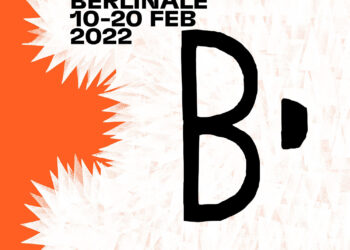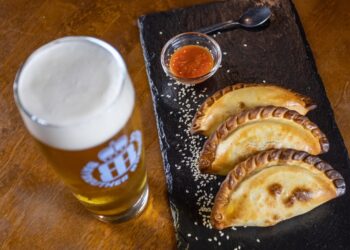Much is known about the street in Berlin that seems to be stuck in time, but little is known about all that this place represented for society, the workers, and the government. Formerly called Stalinallee was the boulevard between Strausberger Platz and Frankfurter Tor which was later extended to Alexanderplatz and became known as Karl-Marx-Allee.
This avenue designed by the architects Hermann Henselmann, Richard Paulick, Hans Hopp, Karl Souradny and Kurt Leucht, was the main one in the DDR (East Berlin) era where spacious and luxurious apartments, stores, restaurants, cafes, tourist hotels, and cinemas were built in a particular architectural style, mixing the character of the Soviet Union with the traditional buildings of the Prussian empire designed by Karl Friedrich Schinkel.
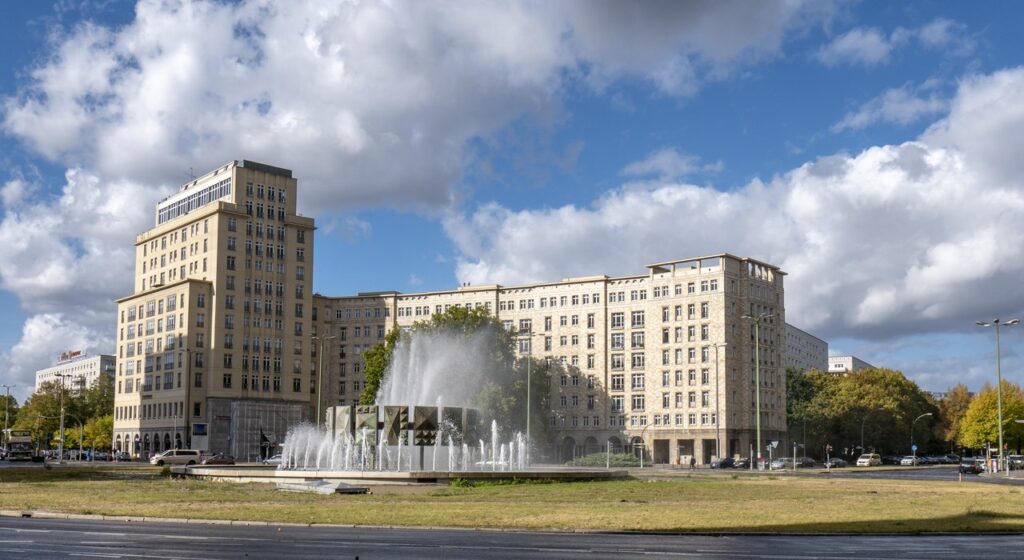
When the extension was carried out after Stalin’s death and with the change of name of the avenue, the architectural style changes substantially and you can already see modernizations with greater use of glass, a much greater bet and aesthetic experimentation and standardized residences with smaller but more functional houses.
The predominant style of the Karl Marx Alle is called Zuckerbäckerstil (wedding cake style) joking about the shape these buildings have. Stalin’s favorite, he used to reject all kinds of modernization that architects proposed for an aesthetic and functional improvement of these buildings.
Although today Berlin is characterized by a wide variety of regional and worldwide cuisine, at that time you could only taste food from countries allied to the eastern sector of the city.
So much so that in Karl Marx Alle opened a chain of 7 cafes and restaurants: Moscow, Budapest, Warsaw, Bucharest, Sofia, Prague, and Morave. The idea was that not only diners would try typical food, but also be introduced to the culture, language, and customs of these countries.
These restaurants were very famous among the population of East Berlin for the unusual experience and their delicious menus (remember that the possibilities of traveling to other countries, and especially Europe, was not as common as now). However, their high prices made them not accessible to the whole population, so it was common to find only the wealthiest people in the DDR or occasional guests from West Berlin who tasted these international meals.
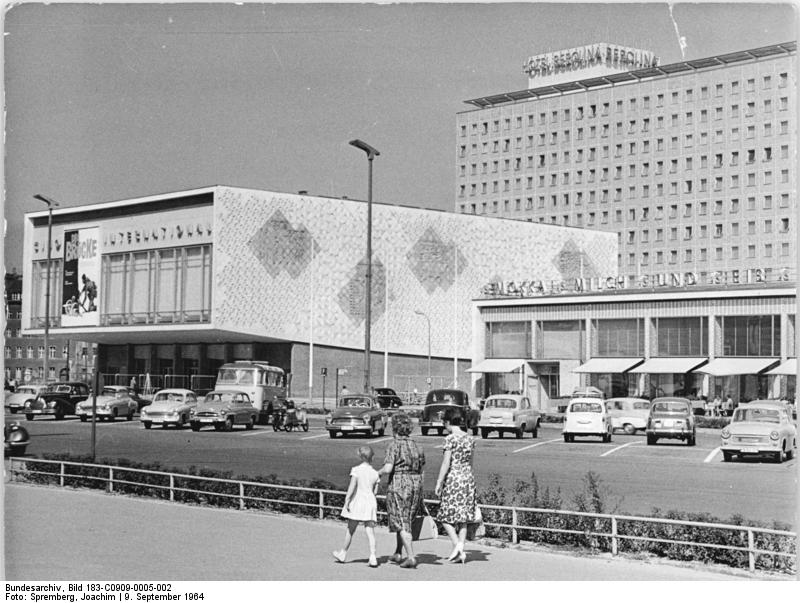
One of these sites can be seen today at Karl-Marx-Allee 34, the great Cafe Moskau, built by the architect Josef Kaiser, who also designed the cinema opposite, the International Kino.
Symbolizing the brotherhood between the DDR and the Soviet Union, in this elegant Café, customers could “enjoy Russian dishes, drink Mocca at the bar, have fun on the dance floor or visit the night bar in the basement. They could also buy small souvenirs of the Soviet Union in the souvenir store” as described on the official website of the Café Moskau.
Today this place is a convention center that preserves the style and characteristics since it is a historical site of the city.
Although it has been remodeled inside, the exterior is intact: at the entrance, you can still see the mosaic “Of the life of nations”, made by Bert Heller, commemorating the workers and portraying their lifestyle in a heroic way. Also, you can appreciate the replica of a life-size sputnik located on the roof of the outer part of the café, a gift from the USSR ambassador to show the advances and progress of the Soviet Union since these were the first artificial satellites launched into space.
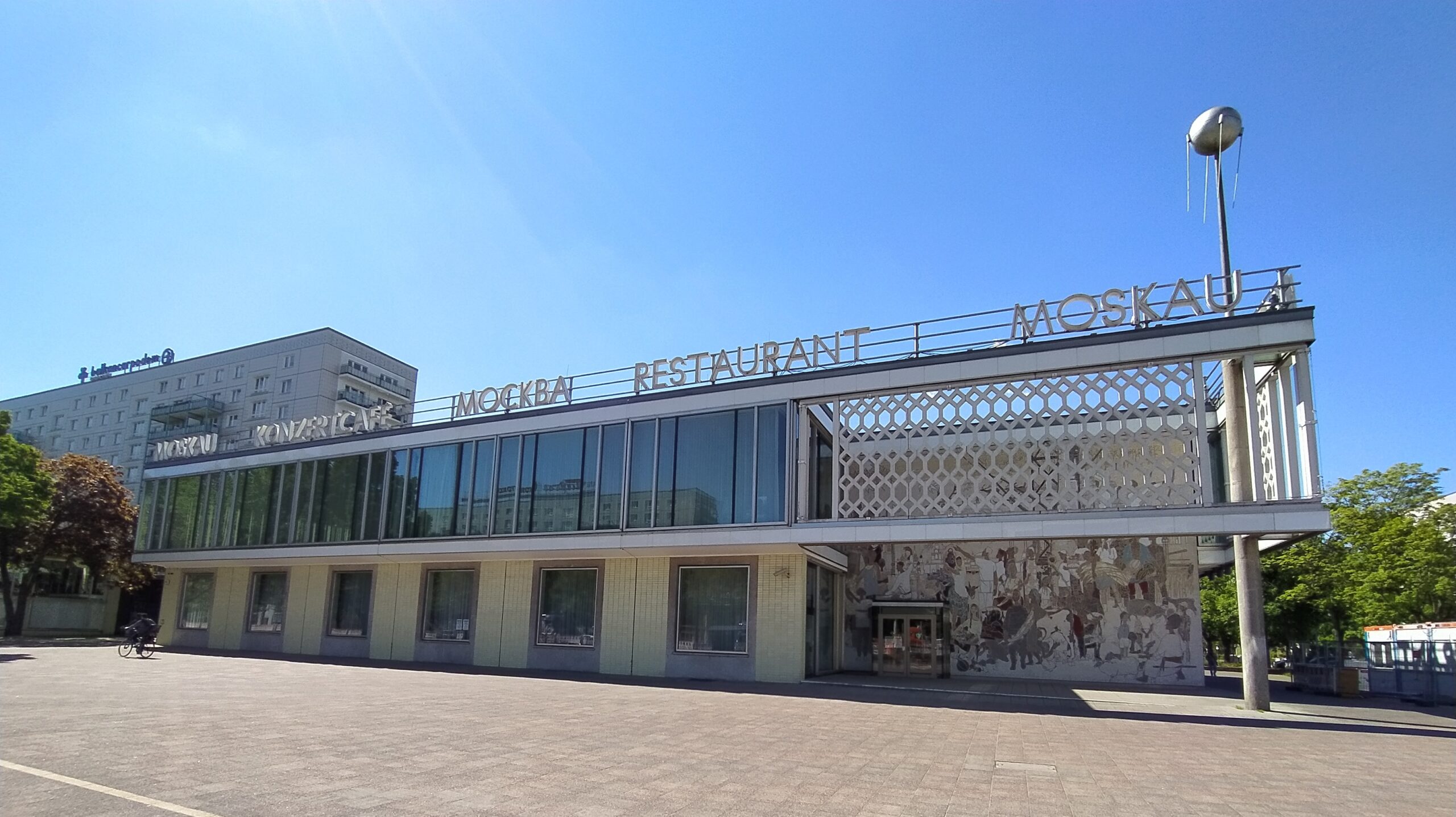
When people also want to show themselves to the world
When this boulevard is built, it is done with the excuse that it was for the workers, for their happiness, well-being, and comfort. In fact, the idea was to show the glory, luxury, and style of the Soviet Union, and this will be reflected in the architecture and prices there.
In June 1953, this street was the scene of a general protest by workers against the government due to a new package of labor measures which proposed, among other things, a wage cut if the work quotas were not met.
With a strike that began on July 16 and a demonstration of more than 40,000 people the next day, the East German government did not give in to the political and economic demands of the people, so it asked for military support from the Soviet Union. The protest was broken up with tanks, more than 20,000 soldiers and a few thousand more local police. It is estimated that no less than 125 people lost their lives that day, not counting the number of people who were marked by the intelligence services and killed and tortured in the following years.
Years later, when the avenue is already Karl-Marx-Alle, it is again the epicenter of demonstrations when the citizens of East Berlin gather to ask for German reunification and the fall of the Berlin Wall.

 Club Lado|B|erlin
Club Lado|B|erlin
